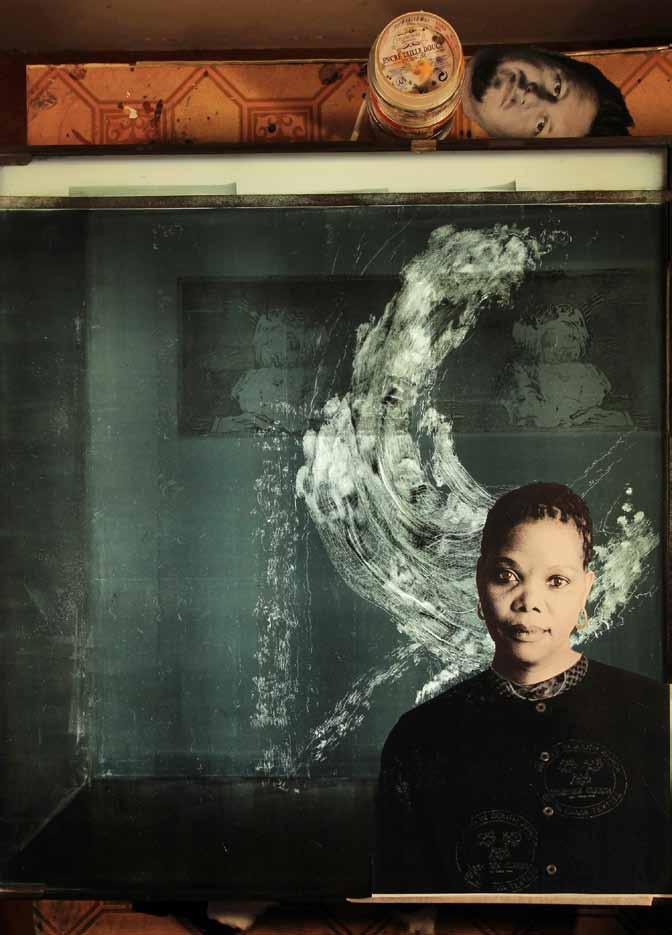
2 minute read
Man and his doubles
PART I
Chapter1.
Advertisement
LAS MENINAS
Reproductions
In her essay Representing Representation: Reading Las Meninas, Again, Estelle de Diego argues that Foucault used this ‘privileged icon in our cultural display” not by default but precisely because of its popularity.
In fact, Las Meninas is more than a work of art: It is a cultural symbol. For some obscure reason, “we” – as part of Western culture – belong there, in the surface of the painting. One could almost say it is a means to materialize our cultural “selves.” Indeed, Las Meninas condenses many of our collective longings and aspirations: it represents “us” [1]
What happens when the “we” de Diego writes about does not “belong there”, when the longings and aspirations are at odds with our reality and do not reflect “us”? To Be King is an exploration of seeing this powerful icon of the Western visual tradition from the periphery, from a sidelong glance.
Foucault suggests that it is through language, the taxonomy of the day, that things are ordered but that this order is intrinsically dependent on who is ‘king’. The loose structural narrative of To Be King plays with the concept of displacing the king and replacing him with characters from the periphery. These characters are peripheral in two ways: peripheral within Velásquez’s painting – (finally only the sovereigns are central) and peripheral in that they represent a space (the colony) outside of the cultural centre, they are not the “us” described by de Diego.
It is probable that it is precisely because I have had no access to the original, that I have only ever encountered it as a ‘representative of a representation’ that I am at liberty to cut and paste Velasquez’s painting, both literally and metaphorically. My physical distance from the original speaks to my geographic location and it is this space between two points, the present day Eastern Cape and the actual painting hanging in the Prado Museum that allows or opens up a space for translation, a space, and a gap not possible if I lived too close to the original.
The Prado
At the centre of European culture, The Prado in Madrid is one of the most visited sites in the world and is considered one of the great museums of art. At the centre of the museum, located on the first floor is Room XII, the largest of all the spaces. It is here that Las Meninas, painted by Diego Velasquez in 1565 is placed. In 1820, the same year in which the Prado Museum opened its doors, my English forebears were deposited on the Eastern Cape coast. Their relocation was a strategy employed by the English Empire to create a human barrier against the displaced amaXhosa.








